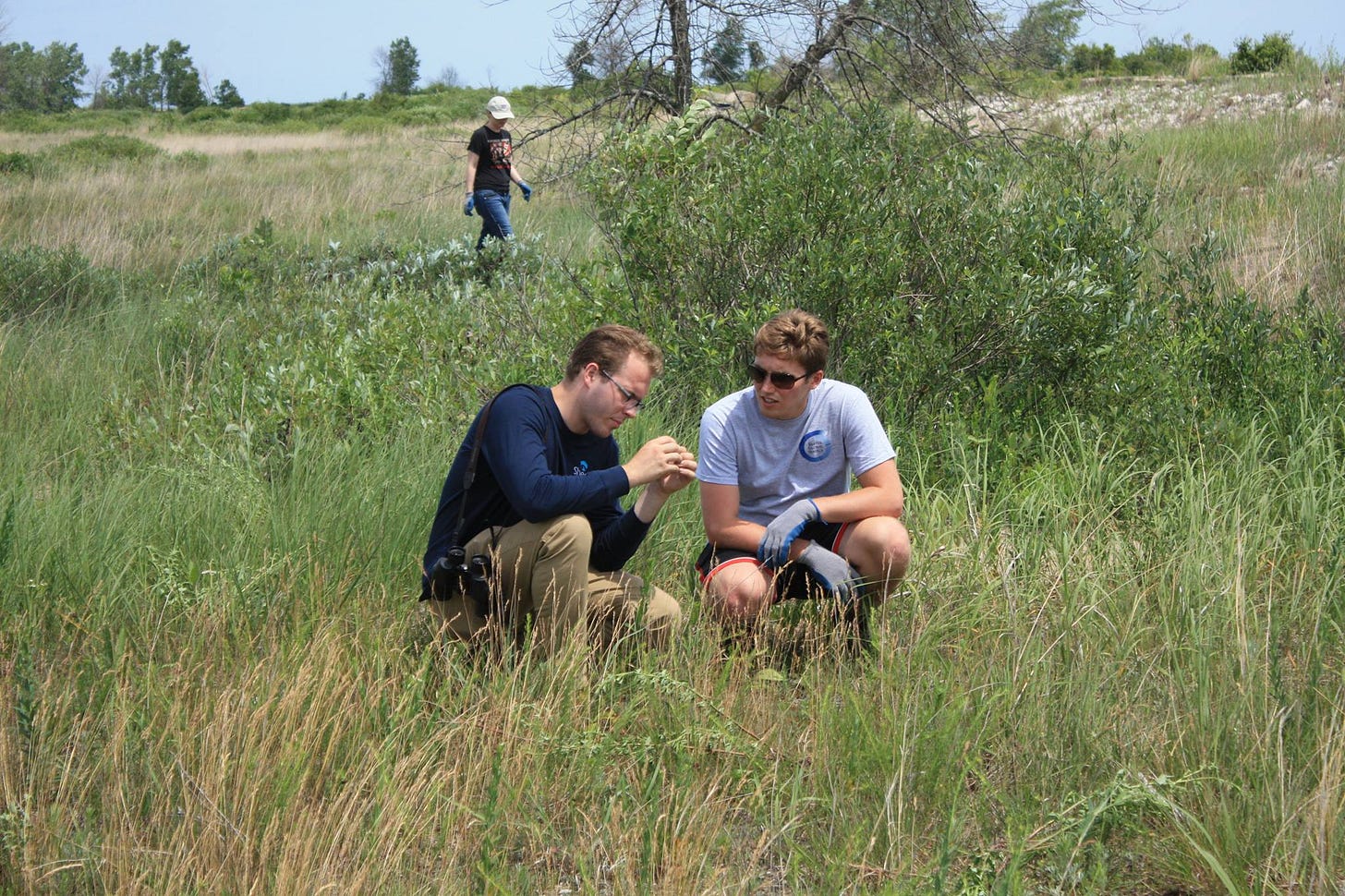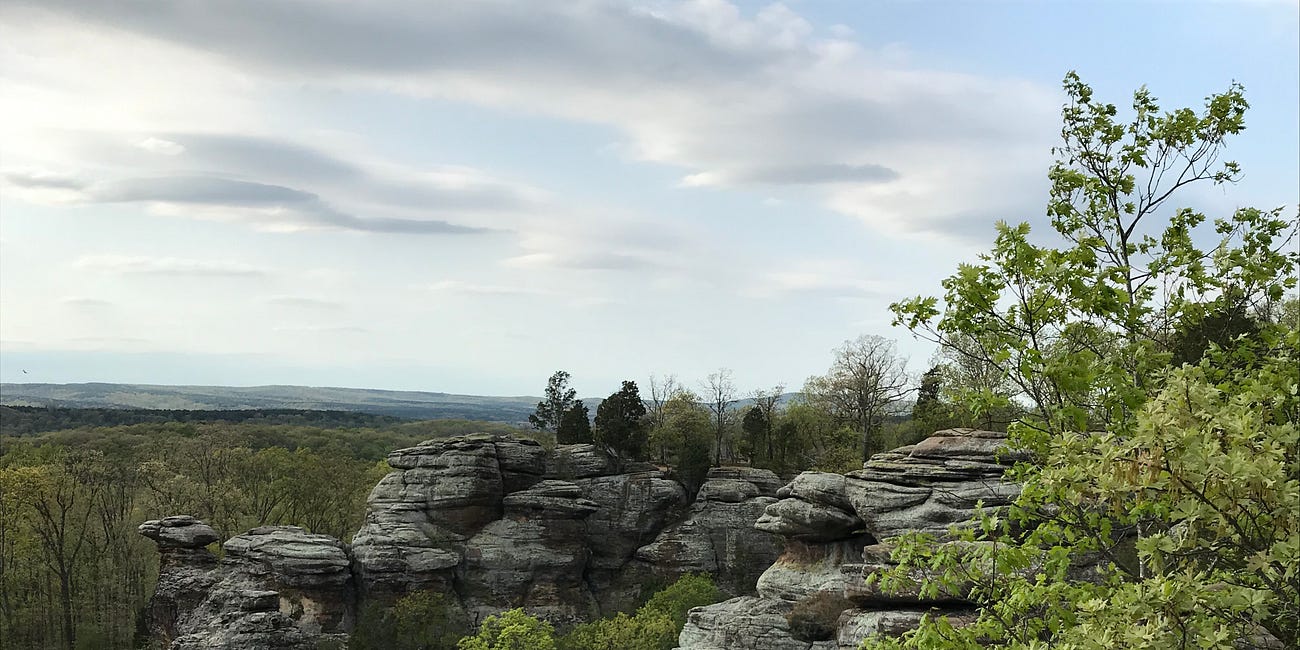"Obsession" leads to moss data for entirety of Chicago region
Edward Warden's research leads to unique insight into oft-overlooked bryophytes.
It was on a volunteer work day a few years ago when Edward Warden realized he didn't know a thing about moss.
“Here I was doing work where at least basic knowledge of flora was kind of important,” Warden says. “I figured I’d just do some googling around when I get home and find the answers I sought. Turns out it wasn’t such a simple search.”
The search engine failed to turn up a whole lot of resources that were current. It turns out it’s much harder to find information on moss, than say birds or trees. So Warden, who serves as President of Chicago Ornithological Society and Conservation Stewardship Program Manager for The Nature Conservancy, started in on what he later called an “obsession” with bryology. To look up information about the moss of the Chicago region, he’d have to search for all sorts of publications and articles, and comb through papers dating all the way to 1878.
“I’m not a trained botanist,” Warden says. “All of my botanical knowledge comes form learning on the job and teaching myself, reading field guides and kind of cobbling together what I can discover.”
In December 2018, Warden concluded an almost two-year project by posting a checklist of 414 mosses documented in the 34-county Chicago Wilderness region. It ends up that some counties have a lot of mosses documented, like Cook County for instance. Rural Ford County has just two. As Warden wrote in 2018, “there is a lot to unpack in this thing.” Moss make up a huge portion of the Kingdom Plantae.
“It can be really discouraging when you have no idea where to go [for research],” Warden says. “But it can also be really thrilling when you do make headway because you’re likely unearthing information very few other people know about.”
Warden’s work arose again when he was leading a field trip to Indiana’s Pinhook Bog this May. He posted a photo of sphagnum moss laden with carnivorous pitcher plants during the Indiana Dunes Birding Festival. New moss sightings are still coming in through the iNaturalist app and efforts like the City Nature Challenge.
“There’s still lots to be discovered even in terms of what can be found where,” Warden says. “It all comes down to people still looking, and being able to identify it.”
You can find Edward's checklist for the mosses of the Chicago region by clicking here.
If you liked this post, you also might like:
Fantastic fluddles and where to find them
It’s the time of year when it’s worth doing a double-take when you see a big puddle or flooded field. That’s because it’s nearly the peak of shorebird migration, and plovers, sandpipers, snipe, and other birds are making the most of our standing water.
Solitaire at Garden of the Gods is quite a find for Illinois
Much of Illinois’ geologic history begins and ends with the glaciers. After all, the majority of the state was under thick sheets of ice as recently as 10,000 years ago. All that ice bulldozed the land and left us with the pancake-flat terrain that we know well today.







Interesting. I've struggled to identify mosses I find in southeast Iowa. A Chicago list has a lot of overlap. But I wish I knew a true moss nerd of Iowa.